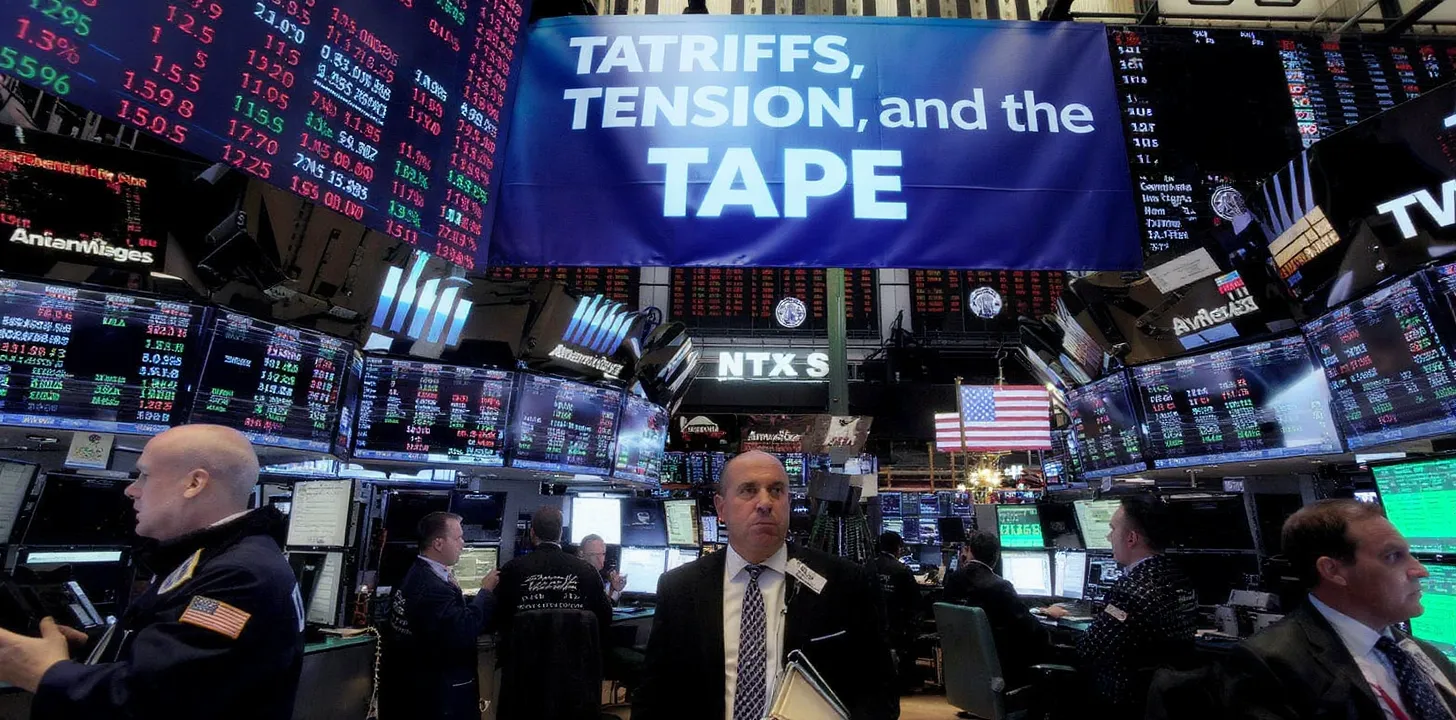A fragile services print meets a foggy data horizon
The U.S. services engine coughed right at the line between expansion and contraction: ISM’s September Services PMI hit 50.0, with business activity slipping to 49.9, new orders cooling to 50.4, and employment stuck below 50. That’s a different story from S&P Global’s services gauge, which firmed to 54.2—an uneasy divergence that muddies the signal at the very moment Washington’s shutdown has put key government data on ice. Markets are flying IFR: fewer official datapoints, more reliance on private surveys and nowcasting models. In that vacuum, modest dollar slippage into the weekend makes sense, as investors handicap softer growth while second-guessing how long the shutdown will last.
A split Fed chorus is steering FX, not just yields
Policy communication became the macro calendar. Governor Stephen Miran keeps arguing the Fed is too tight and wants faster, heavier cuts, pointing to structural shifts (immigration, neutral rate) that, in his view, argue for a lower policy path. Counterpoint: Dallas Fed’s Lorie Logan and Chicago’s Austan Goolsbee warn against front-loading cuts while services inflation remains sticky and the labor market merely “stable,” not weak. That divide—aggressive easers vs. cautious incrementalists—anchors the dollar’s intraday tone: speeches nudge curves, curves nudge FX. With the next meeting late October and the official data flow throttled, guidance risk is the risk.
Oil is no longer the inflation villain—until it is again
OPEC+ just opted for another modest 137 kb/d hike for November, extending the steady unwind of earlier cuts. The bloc debated a bigger bump—Saudi Arabia pushing to regain market share, Russia preferring restraint—but settled on “measured.” In the near term, that trims the tail risk of an oil-led inflation flare-up and supports the risk-on drift in pro-cyclical FX (AUD, NOK). The bigger “what if” is cumulative: repeated small increases against softening demand can morph into a surplus narrative quickly; if Brent drifts lower, it fortifies the disinflation camp and complicates the hawks’ case.
Gold wears the macro crown when the yen loses its halo
Gold’s first sprint through $3,900/oz—and a fresh record high—arrived as two safety valves jammed simultaneously: a U.S. shutdown stoking uncertainty and Japan’s LDP leadership race delivered a fiscally dovish prime-minister-in-waiting (Sanae Takaichi), which cheapened the yen and dented its classic safe-haven status. Add growing market conviction for further Fed cuts this year and you get a clean macro through-line for bullion: less carry penalty, more demand for insurance, fewer “alternative havens.” The new safe-haven pecking order (gold first, yen qualified) is doing visible work in cross-asset correlations.
FX map: how the themes translate into pairs
EUR/USD’s bid rests on two pillars—U.S. growth wobble and Fed-ECB rate-path convergence—and runs up against a third: scarce hard data until the shutdown breaks. With ISM’s stall but S&P Global’s resilience, the path of least resistance is grindy, headline-sensitive upside unless ECB speakers push back. For USD/JPY, the policy-mix signal is two-handed: Japanese fiscal easing plus only-gradual BOJ normalization keeps yield spreads dollar-friendly, but any hint from Ueda that the BOJ will tolerate tighter conditions post-election would yank the pair lower fast. Sterling trades the relative-policy skirmish: if the Fed is seen cutting faster than the BoE, GBP rallies; if UK inflation proves sticky and BoE doves blink, the move stalls. In all three, options-market gamma is suppressing realized vol—until a speech or surprise data release snaps it.
What if…
What if the shutdown lingers into mid-October? The “data blackout” forces the Fed to overweight anecdotes and private indicators—amplifying speech risk—and biases markets toward trades that benefit from policy error hedging (long gold, steepeners, selective short-USD baskets). What if OPEC+ blinks and accelerates increases? It would harden the disinflation narrative and strengthen the euro via improved terms of trade. What if the BOJ leans hawkish after the political dust settles? USD/JPY could gap lower, flattening global curves as macro funds re-load “convergence” bets.



